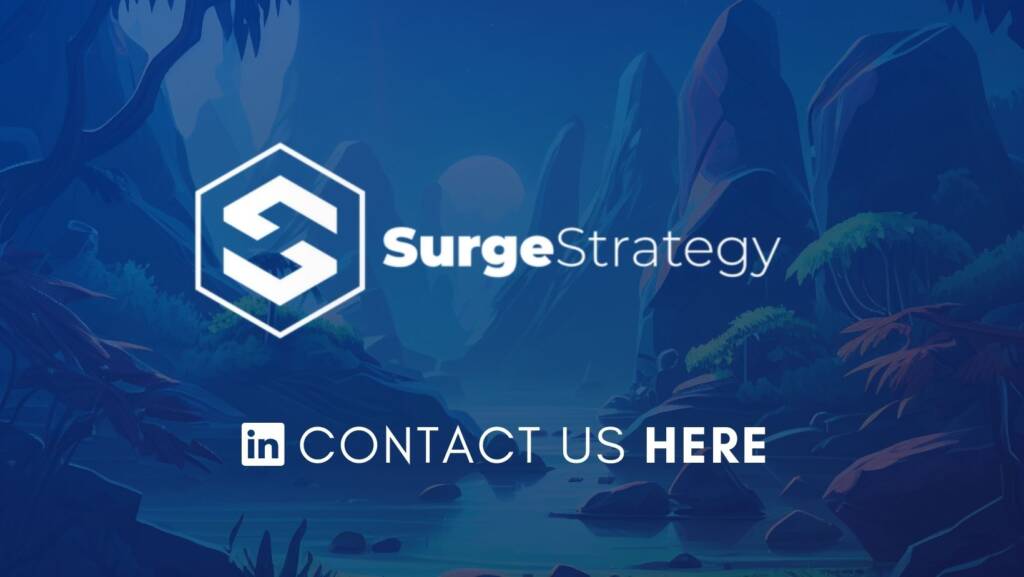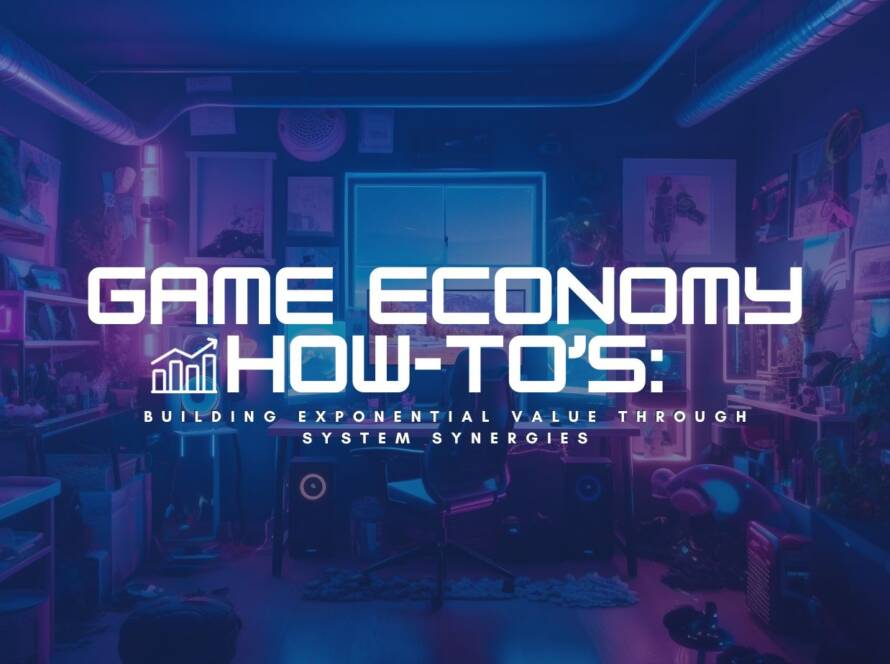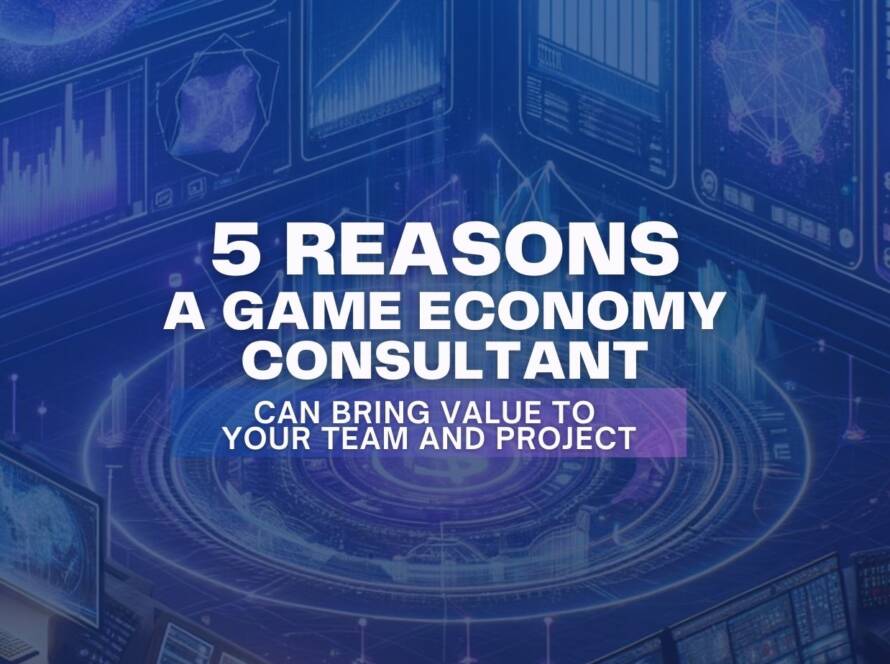Part 1 – The two-models approach and Top down modeling.
Economy is, by nature, a purely relative concept. Items and functions interact with each other at various levels of utility, altering impression of value that can fluctuate over time (more on this HERE). Perception also differs for every person.
Building an economy for a game is a tough endeavor. We need to imagine each of these components, define a rough value for them and predict how they will behave over time – months before anyone gets to play with them. So, where do we start?
One potential solution is to copy an existing (hopefully successful) game economy and adapt it to your own product. While this approach has the merit of reducing guesswork and giving players something familiar to play with, it comes with a number of specific challenges. Just a slight difference in the product can result in some systems not behaving the same way as the original. Furthermore, the game you are copying might be bloated with systems that have been plugged and patched numerous times over the lifespan of the game, creating an patchwork, sub-optimal framework that shouldn’t be copied.
Another option is to make your own custom economy, essentially starting “From Scratch” while still taking some inspiration from industry leaders’ best practices. This solution has the advantage of being tailored-made for the product’s gameplay and goals, which also gives you a lot of understanding and control over it.
But it also comes with its own challenges. Options in game economy design are endless. A game could be successful with 200 characters or with 10. Customization can be a huge part of the game or being entirely absent. Multiple progression verticals could drive a player’s experience with hundreds of milestones, or progression could be limited to a very simple leveling system. Each of these options can be valid and successful in the right context.
So, how can we craft the right economy for our game?
The Top-Down Model approach
While design is an infinite sea of possibilities, the best way to nail down a game economy from scratch is to identify the mains constraints, mostly the Needs of the game, creating a framework that we MUST build on. In the Top-Down Model, we start from the most abstract and more rigid constraints of the game and explode them into successively smaller and more precise milestones. These needs and constraints come from two different axis:
- The product constraints, needs and goals.
- Even if game development is an art and a thing of passion, we cannot neglect that any project needs to meet certain expectations in terms of products to be successful.
- These constraints might be in cost or team efficiency/capabilities
- If, with the current art style and team, the team cannot support more than a few new characters every season, the game economy should factor it in.
- These constraints might also be in consideration of budget/live ops costs or product strategy.
- If a game is meant to be built for a certain niche and demographics, it might focus on a specific strategy. Engaging and monetizing a smaller niche of high-monetizing players greatly differs from a wide audience of low-spending players.
- The game’s and player’s journey needs
- Even from the early stage of Game Economy Design, it is important to have a stable, well understood core gameplay. Each specific game and game mechanic will add specific goals and restrictions.
- For example, a realistic/physics-based game can cause limitations on the actual number of progression milestones it supports, as each one can be either too small to be perceptible for the user, or the upper limit becomes unrealistic and breaks immersion (if not the game entirely).
- Each specific game type also has its own rules and needs on how to handle the player’s journey.
- Pacing the rate at which the user can collect valuable heroes of various rarities is critical to maintain its engagement in a hero-collector game, for example.
- How long it takes to reach the end of a specific progression mode, to access specific mode, to be competitive, are all considerations that can be seen as overall gameplay/user journey goals.
- Even from the early stage of Game Economy Design, it is important to have a stable, well understood core gameplay. Each specific game and game mechanic will add specific goals and restrictions.
In the top-down model, all these goals/needs (from products and gameplay) are put together, compared, broken down into smaller sub-objectives and analyzed over time.
What is the purpose of this approach?
- It creates a sanity check of the goals, needs and restrictions between them to realign the strategy.
- Product content release/Lifetime expectation VS gameplay progression pacing goals.
- Expected collectible value VS total depth of spend goal VS expected collectible requirements for major progression milestones.
- …
- It simplifies (and requires) the conversion of key goals or constraint in a global System Value (more details HERE) in time and $ as to derive a more accurate prediction on depth of spent.
- It allows for extrapolation of smaller milestones, from the main goals and milestones, to create a more detailed user’s journey that can be projected for different user engagement patterns and spending behavior.
- Each milestone’s system value is split along his “children” or requirement milestones and then, smaller units. This can eventually go down to resources, extrapolating the actual System Value of each resource at any given point of time.
- This, in return, creates the targets for balancing that can feed a more detailed and accurate Bottoms Up Simulation model later.
- For example, in a hero collector game model, products goals on game length (time to reach the end, and other key milestones of the PvE content, for example) are associated with character progression and expectations goals driven by the gameplay.
- This creates a rough guideline of each goal’s worth (in time / $ spend) to complete the campaign (for example), and the expected time/value to get the required teams to achieve this goal. From there, we can split those costs, by character, for each progression axis, and then in resources.
- At the same time, the campaign is split across chapters/levels. We can then associate the requirements (in $/time invested, split by resources) for each smaller unit.
- Knowing how much of each resource a typical player should have at any given point of time, sources/and rewards can then be extrapolated.
- For example, in a hero collector game model, products goals on game length (time to reach the end, and other key milestones of the PvE content, for example) are associated with character progression and expectations goals driven by the gameplay.
- Of course, this is an outline, and do not replace the final balancing, which fine-tune the player experience to achieve certain results through friction points, high level challenges tied with massive rewards… But it serves as a starting point that will be functional and get to testing earlier in the process.
- That outline is actionable – Why do you need that much value in resources for that specific challenge, at a given time? – Because you need them to reach the progression goal defined both by the expected user’s journey and the product strategy.
The top-down economy model is a great tool that serves to create and validate an economy from scratch at various levels of details, but it is far from being a complete, do all solution. Its main limitations reside in its inability to project the actual feeling/perception of the player and to evaluate a wide variety of factors, such as playstyles, engagement and spending pattern, skill and luck.
The next step to build a full economic system from scratch and will cover the previous gaps, is the Bottoms Up Simulation model.




